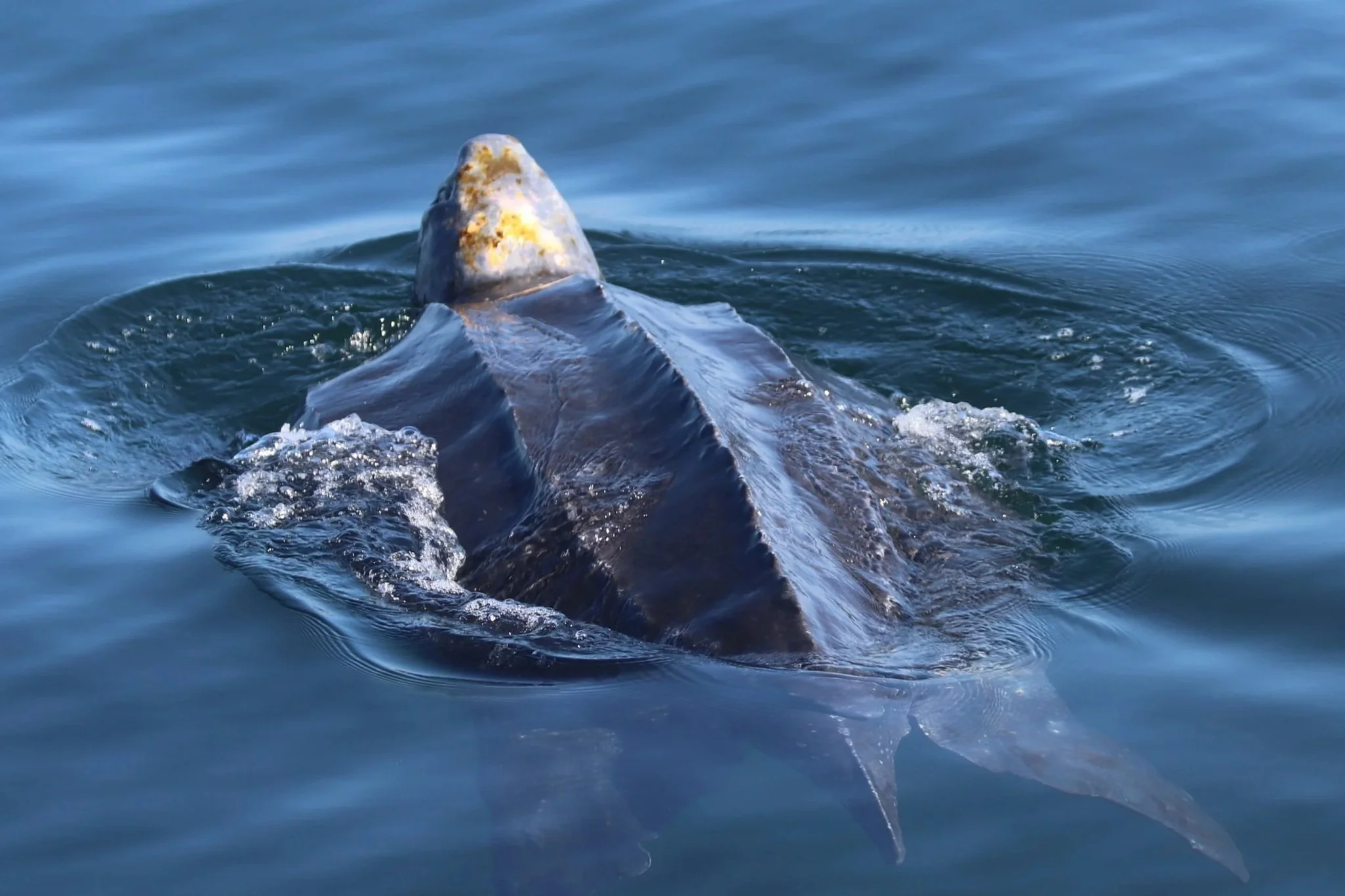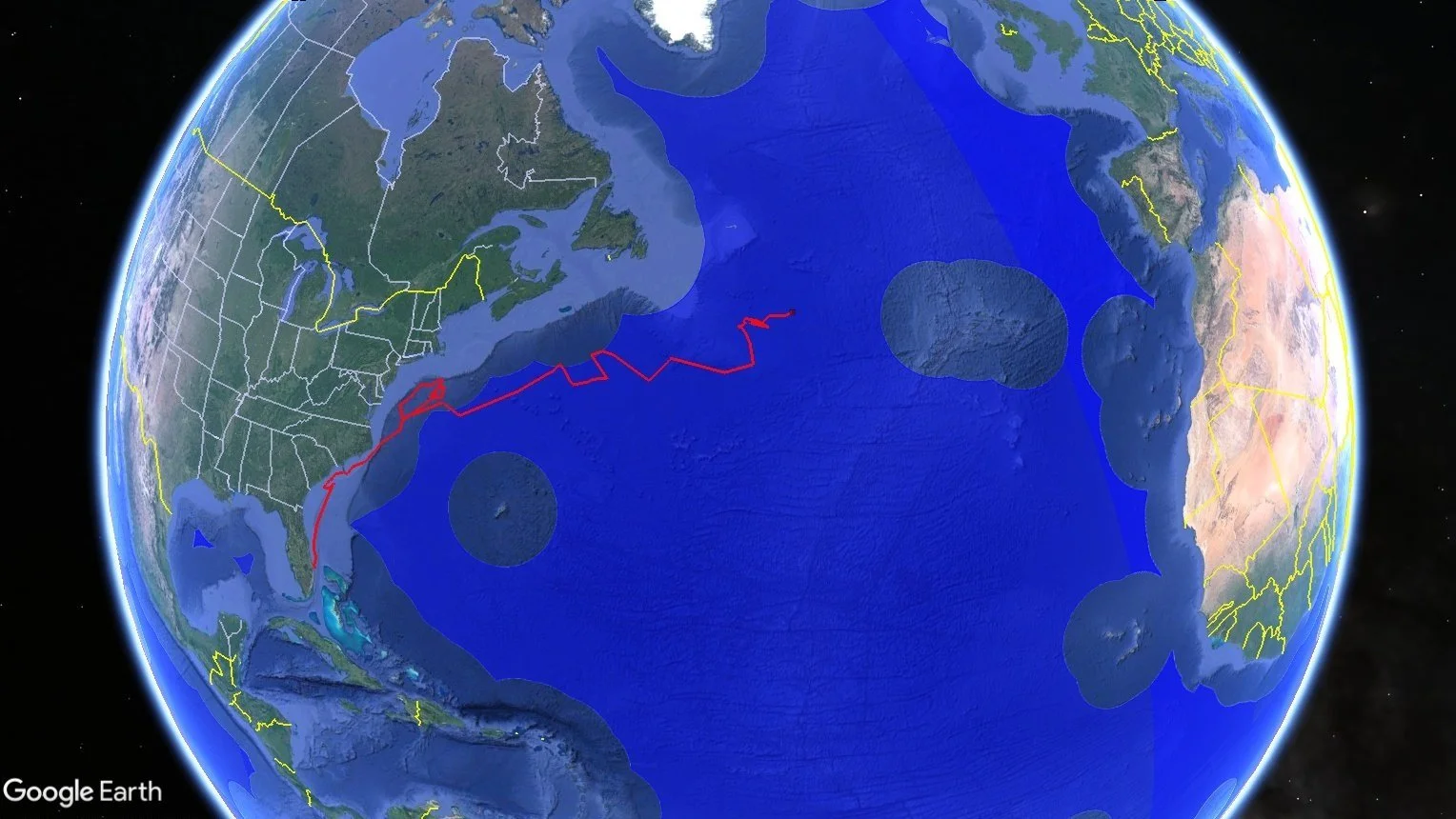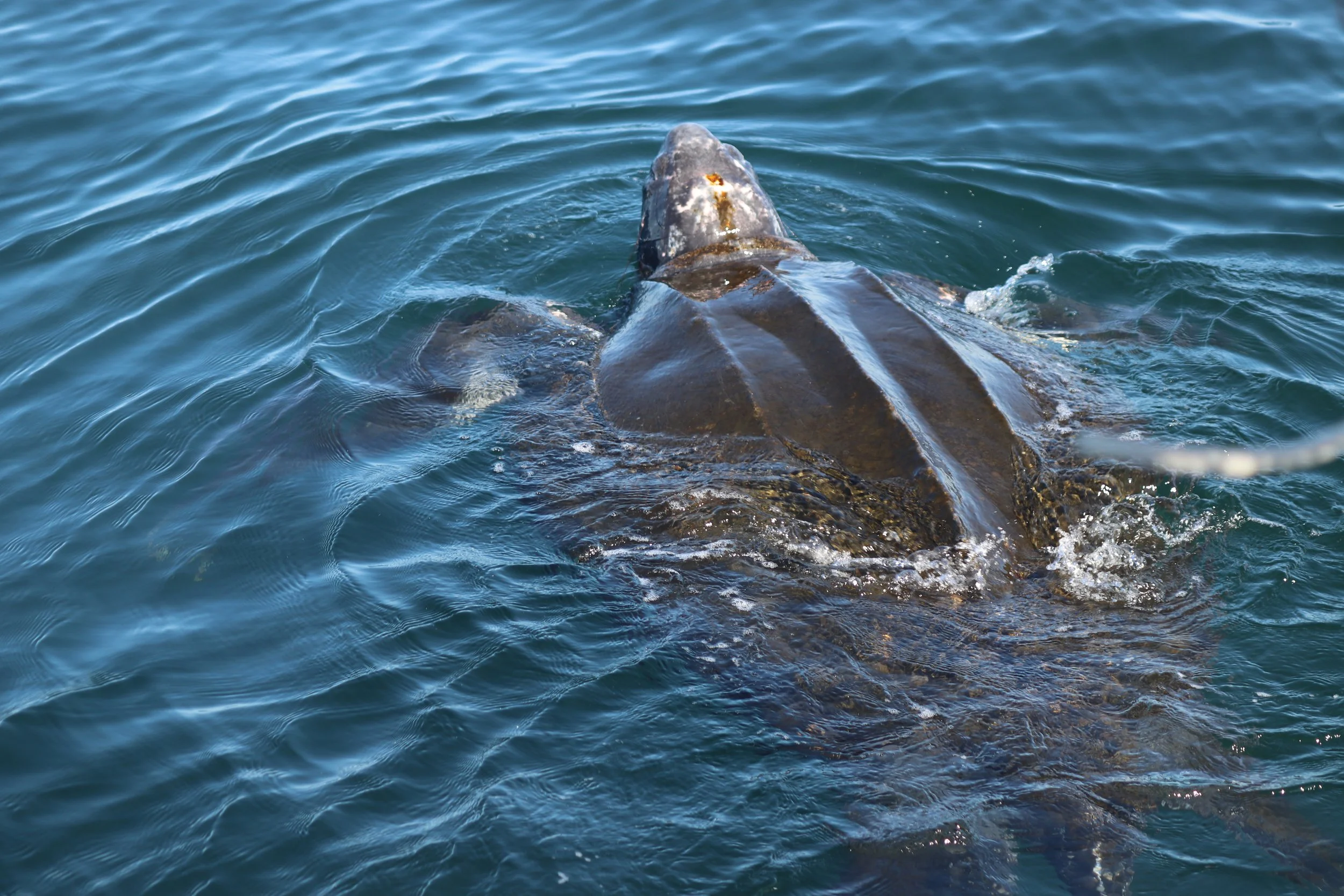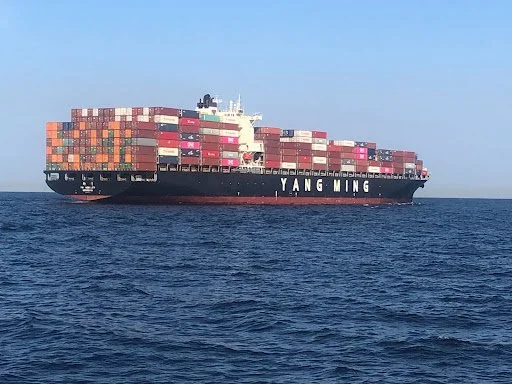Traditional conservation models identify geographic locations with important habitat and create management plans restricting human activity to conserve them. These protected areas are often important nesting, breeding, or foraging areas for highly migratory sea turtle species like leatherbacks and loggerheads, but the protections end when the turtles inevitably continue migrating. So, how can we protect sea turtles throughout their ocean habitat?
Why the High Seas Treaty Is Important to Sea Turtles
Most sea turtle species migrate and spend large amounts of their life history in areas of the ocean considered “high seas.” The high seas are the parts of the ocean that are not under the jurisdiction of any nation. In June of 2023, after almost two decades of negotiations, UN Member states adopted the Biodiversity in Areas Beyond National Jurisdiction treaty (also known as the High Seas Treaty) to provide a coherent and holistic framework for protecting the high seas. Earlier this month, Upwell Executive Director Dr. George Shillinger attended the High Seas Treaty symposium to learn more about how its implementation may impact sea turtle populations and to seek opportunities to further the protection of turtles at sea.
Bon Voyage, Bumpy!
In October of 2021, Upwell and our partners from the National Oceanic and Atmospheric Administration (NOAA) tagged one of the largest leatherbacks ever encountered in the California Current foraging zone weighing in at 1,419 pounds! This massive male leatherback was dubbed “Bumpy” because of the distinctive bumps on the rear of his carapace, which were likely caused by a prior ship strike. Find out more about where Bumpy has traveled.
PRESS RELEASE - Massive leatherback sea turtle satellite tagged in California waters
Local Gifts Can Help Turtles This Holiday Season
We all know buying local reduces carbon emissions and can help combat climate change, but did you know it can also help reduce threats to sea turtles? International shipping often relies on the use of massive cargo ships to transport goods across our oceans. Sea turtle migration paths can intersect with vessel traffic and nearshore shipping lanes can overlap with important foraging habitats.
Novel tracking technology sheds light on leatherback “lost years”
New technologies are finally shedding light on one of the greatest mysteries in sea turtle biology. Using prototype “micro-satellite” tags specifically designed to fit juvenile leatherback turtles, Upwell and Florida Atlantic University researchers released eighteen captive reared juvenile leatherbacks to track their movements off the coast of Florida and shed light on the “lost years” phase of their lives.
Saving East Pacific Leatherback Turtles from the Brink of Extinction
Concerned scientists, conservationists, and managers gathered in 2012 to discuss ways to stop the extinction of East Pacific leatherbacks; they formed a regional network called LaudOPO in 2015. This network has developed an Action Plan to address the two main threats to East Pacific leatherbacks: fisheries bycatch and egg loss or reduced hatchling recruitment at nesting beaches. Upwell is investigating active recovery techniques such as egg translocation and headstarting as options to complement LaudOPO’s conservation action plan.
Welcoming back California's leatherbacks
Learn about the female turtle tagged by NOAA and Upwell in 2020 whose transmitter is still reporting. She was tagged in September 2019, and she returned to same area where she was tagged in the Gulf of the Farallones this year on 31 July 2020. It’s exciting when we see one of these movement records close the loop! Additional leatherback sightings in the Monterey Bay have been reported recently.
Studying Turtles at Sea Offers Deeper Insights
Data collected at nesting beaches give us only a brief glimpse into sea turtles’ intricate life histories. Satellite tags are one of the best tools available to collect data on sea turtle movements and behaviors in marine habitats. But where tags are deployed matters. Deploying tags at nesting beaches means we are limiting our research scope to the females within a population that are nesting in a given year.
Discovering the Origins of Leatherbacks in the California Current
At the turn of the millennium, the origin of leatherback turtles in California waters was unproven. Many assumed they originated from nesting beaches in Mexico or Costa Rica; few could have imagined the extent of their travels across the entire Pacific Ocean. We know now that West Pacific leatherbacks only make their epic trans-Pacific migration about every three to five years. Unfortunately, the batteries on early satellite tags didn’t last long enough to track their whole migration.















